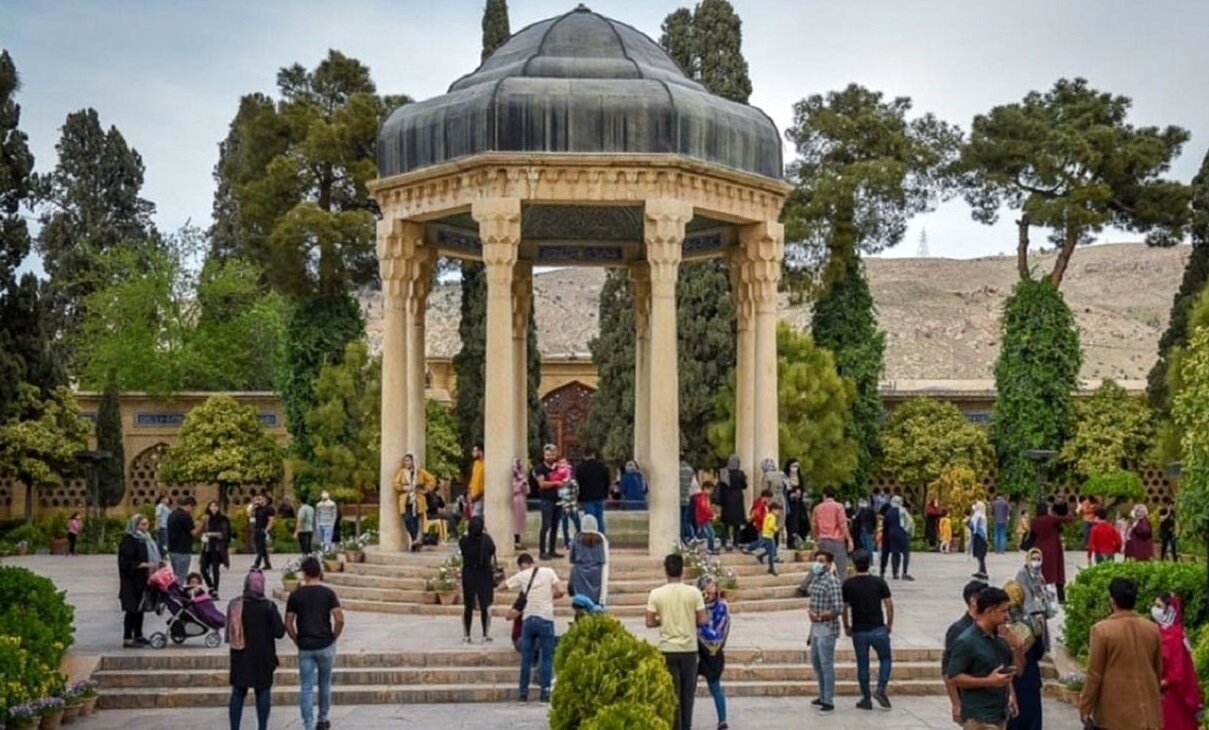Shiraz’s potential to become a UNESCO World Heritage discussed

TEHRAN – Shiraz, a southern Iranian city renowned for its historical and cultural significance, may soon be considered for UNESCO World Heritage status.
On Tuesday, Mohammad Sabet Eqlidi, the provincial tourism chief, highlighted Shiraz’s remarkable potential across the historical, cultural, artistic, literary, and craft domains.
Sabet Eqlidi made the remarks at a meeting with the members of the Shiraz Islamic Council and some other local officials in which they discussed the city’s eligibility for this prestigious global recognition.
Emphasizing the city’s unique attributes, Sabet Eqlidi underlined Shiraz’s ability to qualify for international recognition among the world’s cities, CHTN reported.
In the session, Sabet Eqlidi reaffirmed Shiraz’s unparalleled capacities, linking its historical significance to the Zand era (1751–1794) when Shiraz served as the capital of Iran.
He also underlined the invaluable contributions of Karim Khan Zand (r. 1751 – 1779), acknowledging his significant services to the city and province, leaving behind legacies that continue to enrich the region.
Moreover, Shiraz’s status as the third-holiest shrine (Shah Cheragh) of the Ahl al-Bayt [the family of the prophet Muhammad (PBUH)] was discussed. Yet, it was stressed that to truly fulfill its role as a host to pilgrims, concerted efforts and meticulous planning are required.
Addressing the significance of religious tourism, the official highlighted the importance of implementing the “Triangle of Light” project. This initiative aims to connect three major religious cities—Mashhad, Qom, and Shiraz—to attract more domestic and international pilgrims effectively.
Additionally, the tourism potential stemming from the tombs of two prominent Persian poets, Hafez and Sa’di, was underscored at the meeting. It has been suggested that these historical and cultural landmarks need better management and arrangement, urging collaboration between the municipality and a national council for the enhancement of these revered sites.
The ancient region of Fars, also spelled Pars, or Persis, was the heart of the Achaemenian Empire (550–330 BC), which was founded by Cyrus the Great and had its capital in Pasargadae. Darius I the Great moved the capital to nearby Persepolis in the late 6th or early 5th century BC.
Celebrated as the heartland of Persian culture for over 2000 years, the capital city of Shiraz has become synonymous with education, nightingales, poetry, and crafts skills passed down from generation to generation. It was one of the most important cities in the medieval Islamic world and was the Iranian capital during the Zand dynasty from 1751 to 1794. Moreover, Shiraz is home to some of the country’s most magnificent buildings and sights. Increasingly, it draws more and more foreign and domestic sightseers flocking to this provincial capital.
Afif-Abad Garden, the Tomb of Hafez, the Tomb of Sa’di, Jameh Mosque of Atigh, and Persepolis are among the historical, cultural, and ancient sites of Shiraz that are of interest to domestic and foreign tourists. The ancient city is also home to some magnificent historical gardens, such as Bagh-e Narenjestan and Eram Garden, which are top tourist destinations both for domestic and international sightseers.
AFM
Leave a Comment